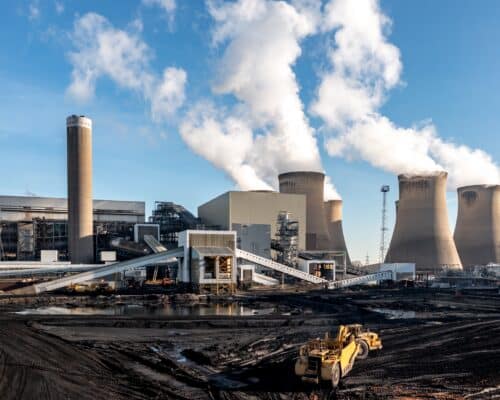Articles
Renewable Energy Projects in the Philippines: 100% Foreign Ownership Authorised
The Philippines' drive to ramp up its renewable energy sector is a step in the right direction. However, it needs even more renewable energy development and investment. The government must also make a net zero by 2050 pledge to catch up to its regional neighbours.

Japan’s G7 Fossil Fuel Push – Podcast
Susanne Wong, at Oil Change International, speaks about Japan and the fossil fuel push at the G7.
Energy Security in Bangladesh is Threatened by Fossil Fuels
The fossil fuel dependence of Bangladesh has significantly impacted its economy. The country should no longer bear the exorbitant power costs and unreliable supply, especially when better, cleaner and cheaper options exist.
Japan’s Priorities as G7 President
Japan's priorities as G7 president appear to centre around trade, energy security and digitalisation. While not surprising, there are still questions as to how Japan will align these issues with existing G7 initiatives.
Japan’s GX Strategy and Southeast Asia – Video
Japan's GX strategy has been criticised for extending the life of fossil fuel-based technology like gas and coal in Southeast Asia.
The Impact of Japan’s Climate Change Policy on G7 Summit 2023
Critics say that Japan's climate change solutions, including its policy of making coal plants more efficient, are costly for both the country's economy and global climate goals.
Japan’s Ammonia Plans Threaten the Carbon Emissions Reduction of Southeast Asia
Aside from a few positive outcomes, the G7 ministerial meeting ended disappointingly due to a final communique with vague wording and weak commitments. This sets the stage for Japan to continue doing business as usual.
Africans Want Renewables, Not Fossil Fuel Funding from G7
With Japan’s leader touring Africa, pressure is growing on G7 nations to support clean energy development on the continent rather than oil and gas.
How the Unreliability and Unpredictability of Fossil Fuels Hurt Bangladesh
Bangladesh has suffered enough from fossil fuel import dependence and has experienced first-hand how the dirtiest fuels affect the climate. However, thanks to its clean energy potential, the country holds the keys to an independent and sustainable future.
G7 Summit 2023: What to Expect
Japan is hosting the G7 summit for 2023 in Hiroshima. It will be a pivotal meeting for climate action as Japan continues to fall out of step with fellow G7 nations. Will Japan use its presidency to continue this trend or make changes?
Japan’s G7 Push for Gas Investments – Video
Japan's G7 push for more investments in to fossil fuels has received a cold response from other nations in the group.
The Electricity Sector in Bangladesh: What Comes Next?
Transitioning the power sector in Bangladesh towards renewable energy would unlock massive benefits for the country, its economy and society.
Current State And Future Of Japan’s Carbon Emissions
Japan produces the fifth-most carbon dioxide emissions annually, and in the G7, it only falls below the United States. While the country does have a net-zero goal for 2050 and an interim goal for 2030, its current decarbonisation strategy may not be feasible. It relies on decarbonising the fossil fuel industry, a strategy climate experts warn against.
Japan’s Natural Gas Dependence: A Liability For the G7
Japan imports over 90% of its natural gas. As a result, it is reliant on the global LNG market and current events to dictate supply and energy costs. This is a liability that was highlighted in 2022 due to the country's dependence on Russian natural gas. Developing a robust renewable energy grid is the only viable long-term solution.
Most Popular
Most Popular
Categories
-
10
-
34
-
126
-
4
-
17
-
46
-
52
-
11
-
15
-
10
-
24
-
6
-
1
-
5
-
6
-
279
-
199
-
17
-
24
-
1
-
1
-
23
-
41
-
44
-
87
-
18
-
86
-
41
-
17
-
11
-
43
-
52
-
86
-
294
-
22
-
44
-
36
-
10
-
42
-
36



